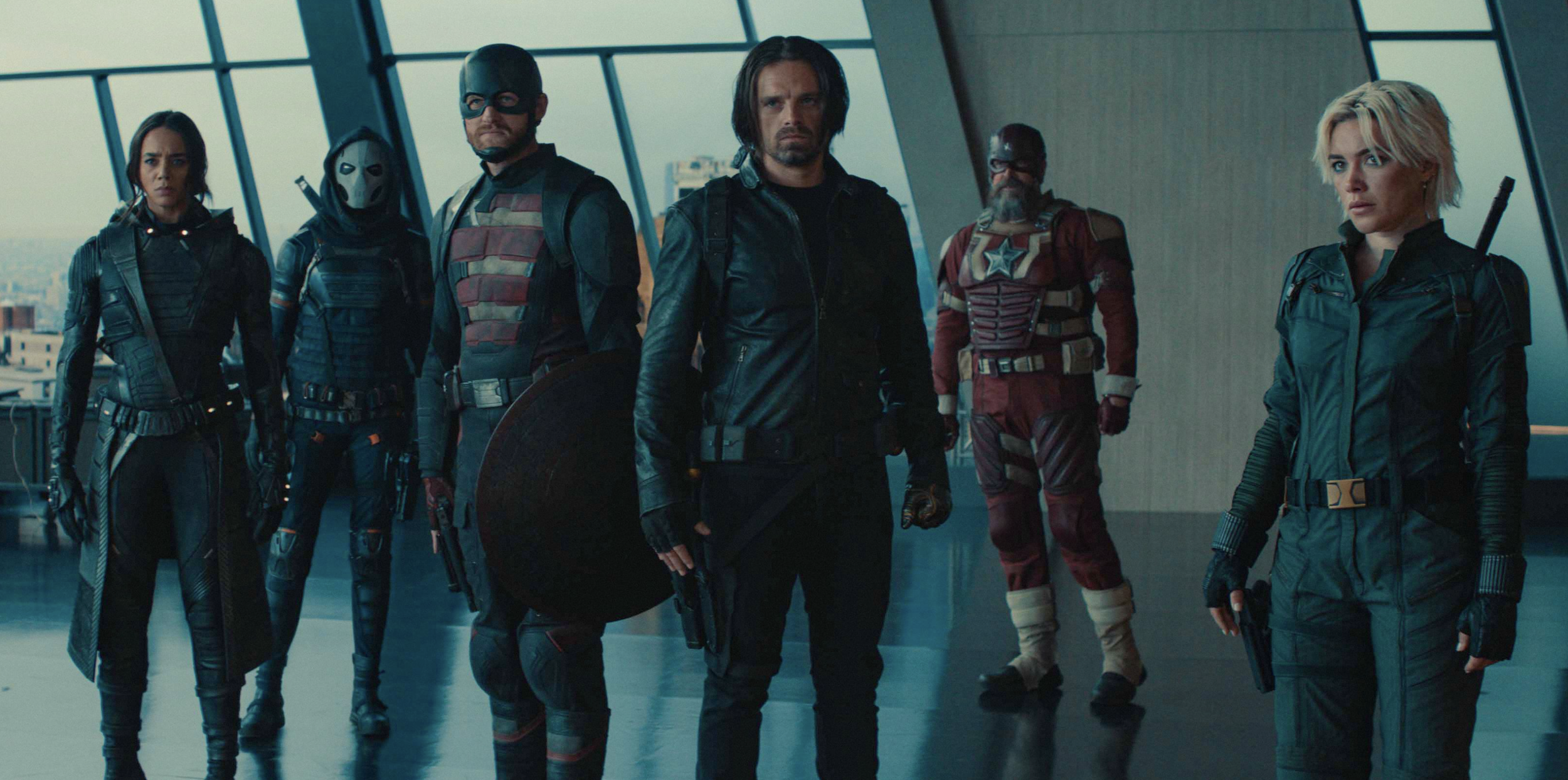THE ACCOUNTANT²
Directing: C
Acting: B
Writing: C
Cinematography: B
Editing: C+
The Accountant 2 is the kind of movie that makes me glad I have a monthly AMC subscription—I’m paying the same no matter how good or bad the movie is. Of course, my husband decided to join me for this one, which meant I did pay $15.21 for his ticket. I can’t say it was especially worth it.
When I saw The Accountant in 2016, I was quite pleasantly surprised by it, especially given its evenly mixed reviews. The circumstances were preposterous and the depictions of autism by non-autistic people dubious—but still, I found the characters charming, especially Ben Affleck as Christian, the title character who is a cross between Rain Man and Rambo, and who launders money through, you guessed it, an accounting business.
There’s no actual CPA accounting in The Accounting 2. So much for truth in advertising! The closest we get is the clever superscript “2” in the title design. At least that makes more sense than 33 years ago when some genius unveiled the title design for Alien³. “Alien cubed”? I don’t remember seeing a xenomorph packing around a pocket protector. At least Affleck’s Christian is actually pretty square. Honestly that title design is the most clever thing about The Accountant 2.
How many movies do we need about human trafficking, anyway? I’m all for making the focus of this film the relationship between Christian and his brother, Braxton (Jon Bernthal), but is this really the context we have to put it in? An argument could be made that this film is particularly timely, what with its empathetic depictions of undocumented migrants, particularly those who get taken advantage of by actual criminals. I have no complaints about that. I just wish this movie were better.
It’s strange to me that the critical consensus on The Accountant was evenly mixed, the critical consensus on The Accountant 2 moves slightly toward mixed-positive. The first film is definitively better, and the second one brings back all but one of the first film’s principal characters, evidently just for nostalgia’s sake (J.K. Simmons as Ray King; Cynthia Addai-Robinson as Marybeth Medina; Alison Wright as the faceless voice on Christian’s phone), though some of them don’t last long. The exception is Anna Kendrick, the one principal character who does not return. Reportedly this is because of a desire to focus on the brothers’ relationship rather than have a romantic interest. I also applaud the disinclination to include romance only for its own sake.
The Accountant 2 takes way too long to get to the aforementioned relationship between the brothers, though, the first act front loaded with plot mechanics. This is at the expense of what made Christian interesting in the first place. Instead of humanizing him, we just get more of Christian’s ticks alienating people, or more pointedly, annoying his brother. It also introduces this thing called “acquired savant syndrome,” in which extraordinary skills are developed quickly after a brain injury. Enter Anaïs (Daniella Pineda), whose post-trauma skill is being one hell of an assassin.
I did find Anaïs relatively compelling, even as she proved to be a key part of convoluted story threads related to a specific family of migrants. But that’s just because I have a thing for women who kick ass, even if (and sometimes especially when) they are villainous. In the end, though, there is not enough interaction between her and the characters we care most about, and she isn’t even present in a climactic sequence involving a two-man shootout with countless men at a Juarez prison camp where they are holding kidnapped children captive. This sequence is just like those in countless other movies, and I just got bored.
I’d have liked The Accountant 2 if it had leaned more into the dynamics of Christian’s limited number of relationships. But even his budding “buddy” relationship with his brother takes a definitive backseat to both the plot and the action, which is largely rote. The same could be said of the first film, but that one had its priorities straight, helping us get to know who Christian is. The Accountant 2 doesn’t allow us to get to know him any better, and instead ultimately has him start breaking out of comfort zones in ways the first film would have us believe are highly implausible. And that movie was highly improbable to begin with. Reuniting with this character could have been a good thing if only it felt like it was building on a strong foundation, but the foundation was shaky to begin with, rendering this a sequel that’s ultimately fruitless.
Is the stiffness all our hidden guns or it it our personalities?
Overall: C+










